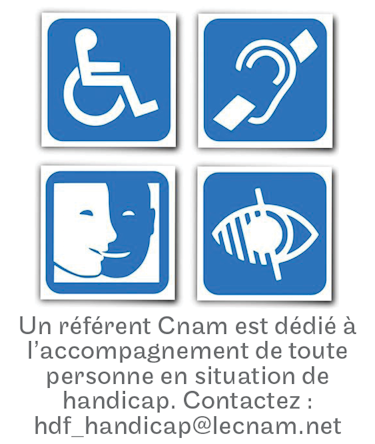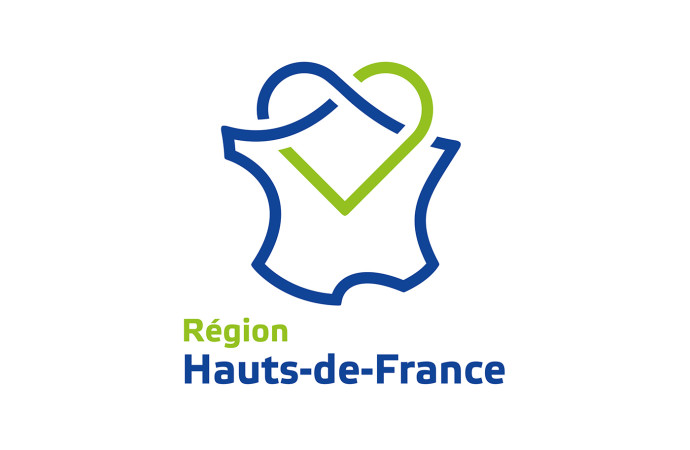Business Statistics
Public Concerné
- Titulaires d'un diplôme de niveau bac+3 ayant une expérience professionnelle de 3 ans minimum à un niveau cadre ou équivalent, ou titulaires d'une Validation des Acquis Professionnels.
- Conditions d'accès supplémentaires : Maîtrise de la langue anglaise attestée par certification TOEFL iBT 90 ou TOEIC 800 ou IELTS 6.5.
- Connaissance en mathématiques
Objectifs pédagogiques
Virtually every functional area of business makes use of data. Business statistics is the science of informed decision making in the face of uncertainty and is used in many disciplines such as financial analysis, econometrics, auditing, production, process improvement and marketing research. A typical business statistics course covers descriptive statistics (collection, description, analysis, and summary of data), probability distributions, sampling distributions, confidence intervals and tests of hypotheses, analysis of variance, correlation and linear regression, time series and statistical applications in quality management. We will follow American Statistical Association guidelines for making statistics more effective in business schools by focusing on statistical thinking, and result interpretation and not just on statistical methods and calculations.
Course objectives
1. To learn descriptive analysis to convert data into information. As a businessperson you must understand the language of statistics because statistics will help you collect, organize, analyze and obtain information from data so that you can make good decisions.
2. To learn statistical inference and regression analysis.
This course is designed so that all of the important business-related topics in applied statistics can be introduced in two weeks. Do not however, expect to be fluent in statistics in just two weeks - there are hundreds of highly specialized methodologies in statistics, and they cannot all be studied in such a short period of time. We will use the statistical capabilities Microsoft Excel to reduce your calculation burden and further improve your familiarity with this software.
Course objectives
1. To learn descriptive analysis to convert data into information. As a businessperson you must understand the language of statistics because statistics will help you collect, organize, analyze and obtain information from data so that you can make good decisions.
2. To learn statistical inference and regression analysis.
This course is designed so that all of the important business-related topics in applied statistics can be introduced in two weeks. Do not however, expect to be fluent in statistics in just two weeks - there are hundreds of highly specialized methodologies in statistics, and they cannot all be studied in such a short period of time. We will use the statistical capabilities Microsoft Excel to reduce your calculation burden and further improve your familiarity with this software.
Capacité et compétences acquises
Expected learning outcomes
After you complete this course, you will be able to do the following:
1. Analyze a data set using the appropriate statistical technique.
2. Present the results of the analysis and explain the managerial implication.
3. Use Microsoft Excel to perform statistical analysis and support presentations.
After you complete this course, you will be able to do the following:
1. Analyze a data set using the appropriate statistical technique.
2. Present the results of the analysis and explain the managerial implication.
3. Use Microsoft Excel to perform statistical analysis and support presentations.
Contenu de la formation
- Introduction to statistical methodology to help management decisions.
- Population, questions and variables, samples and sampling methods.
- Data challenges: error and bias sources to avoid.
- Summarizing and illustrating numerical and categorical variables: tables, charts, indicators and statistical measures.
- Confidence interval, normal distribution and significance level.
- One and two-tailed hypothesis tests and the p-value.
- Comparing two means from related or independent populations.
- Comparing more than two means and homoscedasticity. Z and T tests.
- Analysis of variance and box-plot illustration.
- Comparing two proportions. Degree of freedom and Chi-square test.
- Comparing more than two proportions and test for homogeneity of populations.
- Correlation and correlation test. Simple linear regression.
- Interpreting regression coefficients. Prediction of individual values.
- Multivariate statistical models to deal with confounding.
- Predicting numerical outcome using multiple linear regression.
- Predicting binary outcome using logistic regression.
Description des modalités de validation
- Contrôle continu
- Projet(s)
- Examen final
Prévisions d'ouverture
| Groupe | Semestre | Modalité | État d'ouverture | Date du premier cours | Lieux | ||
|---|---|---|---|---|---|---|---|
| US171U | Business Statistics | 3 | Cours de Jour | - | - | - | - |
Voir les dates et horaires, les lieux d'enseignement et les modes d'inscription sur les sites internet des centres régionaux qui proposent cette formation








